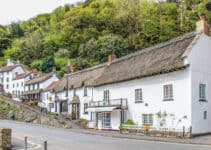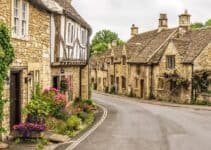Considering the terms countryside and rural area often get used interchangeably, it might surprise you to learn that they actually mean different things. Granted, it’s quite a small distinction, but it’s definitely there.
So, in this article, let’s look at the difference between the countryside and a rural area. The best place to start is with a definition of each.
What Defines a Rural Area?
A rural area is defined specifically as somewhere that contains residential settlements that are sparsely populated. According to DEFRA, a rural area sits outside a settlement with a population of more than 10,000.
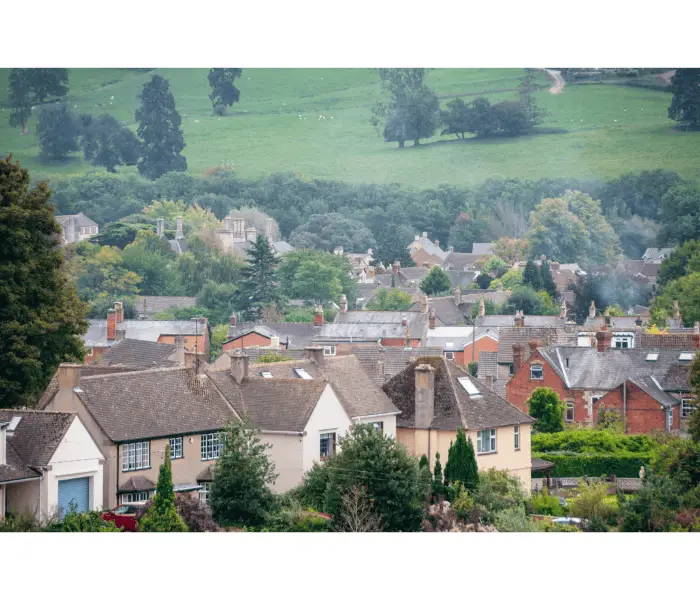
What is the Difference Between Rural and Urban?
It’s easier to define a rural area in opposition to an urban area. Urban (and suburban) is a settlement that’s densely populated, such as cities and towns.
Rural is therefore anything else. Follow the link above for some helpful infographics that highlight this distinction.
What Defines the Countryside?
The countryside is arguably easier to define because it doesn’t involve any kind of human settlement. Instead, it refers to the scenery in a rural area, such as forests, fields, etc.
Despite looking like areas of fields and woods, most countryside spaces are actually clearly defined in terms of geographic boundaries.
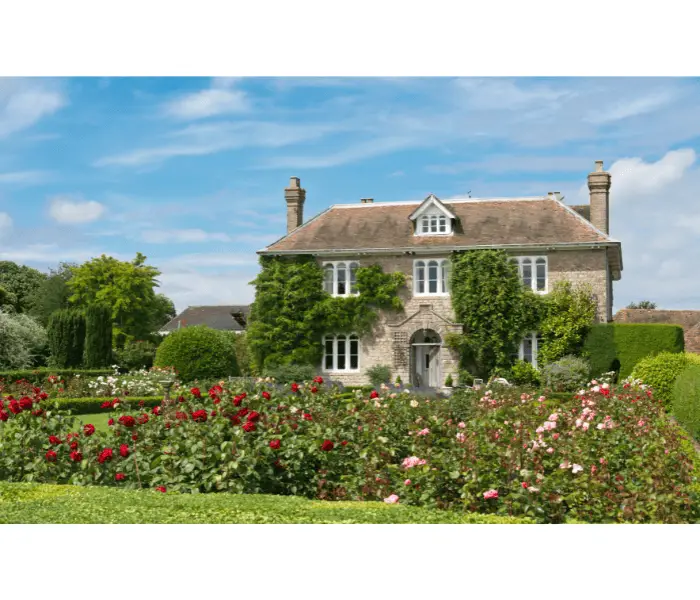
What Kind of Area is the Countryside
For example, they could be included in an Area of Outstanding National Beauty or National Park, or protected by green belts. Whether the countryside area is privately or publicly owned, there are usually conservation measures in place to protect it.
Is Countryside Rural or Urban?
Based on what we’ve discussed, it comes as no surprise that he countryside is typically characterised as rural. Unlike urban areas, which are densely populated and filled with buildings, businesses, and infrastructure, rural areas like the countryside often contain beautiful, expansive landscapes with less people.
Life in the countryside is usually more focused on nature. Where villagers prioritise agriculture, forestry, and open spaces over large-scale commercial or residential development.
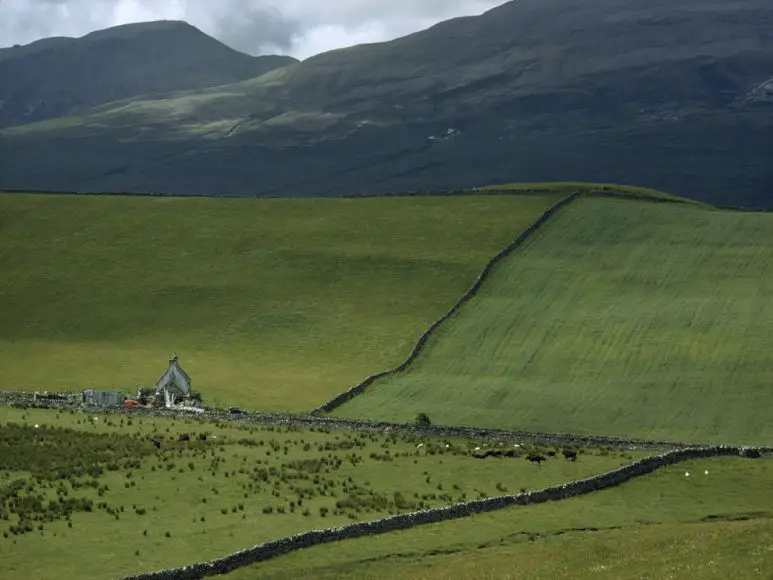
Difference Between Rural and Country
The difference between a rural area and the country should be fairly clear based on the definitions above. Even so, here are some explicit differences.
Settlements
Rural areas relate to the presence of human settlements, specifically how populated these settlements are. Even a relatively large village can be in a rural area if it has a population of less than 10,000 and there aren’t many other settlements nearby.
The countryside, on the other hand, has no relation to human settlement. It doesn’t mean you won’t find a village or hamlet in the countryside, but rather that settlements don’t matter too much.
Conservation and Boundaries
The countryside is often protected by green belts or national parks. A green belt, in case you don’t know, is essentially a ring around urban areas where house building is prohibited.
The purpose is to restrict urbanisation and prevent the loss of countryside area.
Rural areas, however, might not always be as protected. Specifically, you might find a rural area inside a green belt.
More importantly, rural areas are often key sites for development because they can be used as brown sites (pre-developed land). This means that rural areas can quickly become suburban as more houses are built.
Linguistics
This isn’t an important distinction, but it does help highlight the fundamental differences between the two words. Countryside is a noun, as it’s a thing (the scenery in a rural area).
Rural, however, is an adjective – it describes characteristics of a space not in an urban area.
What is Difference Between Countryside and Urban Area?
The difference between the countryside and an urban area is an easy one to define. The countryside is in rural areas, whereas an urban area is built-up. This includes both towns and cities.
Unsurprisingly, the government definition of an urban area is one that has a population of more than 10,000 residents. This requires the use of ONS boundaries, especially for sprawling urban areas like London, where it’s difficult to otherwise define where places start and end.
However, it’s more accurate to differentiate between rural and urban areas, as they’re essentially opposites of one another.
We can bring the countryside into this, but, as mentioned, it explicitly doesn’t involve human settlements. This means trying to put the countryside and urban areas against each other isn’t super accurate.
So, to clarify, the differences are as follows:
· An urban area is one that has a population of more than 10,000 people within its defined boundaries. It could be a town or city.
· A rural area is one with a population of less than 10,000. It could be a hamlet, village or town.
· The countryside is generally regarded as the scenery in a rural area, such as fields and forests. It can include human settlements, but they’re not relevant to its definition.
Rural vs Countryside
Hopefully, the difference between the countryside vs rural area should now be obvious.
It likely won’t come up much in conversation, but when you hear someone use the terms interchangeably, you can at least correct them!
